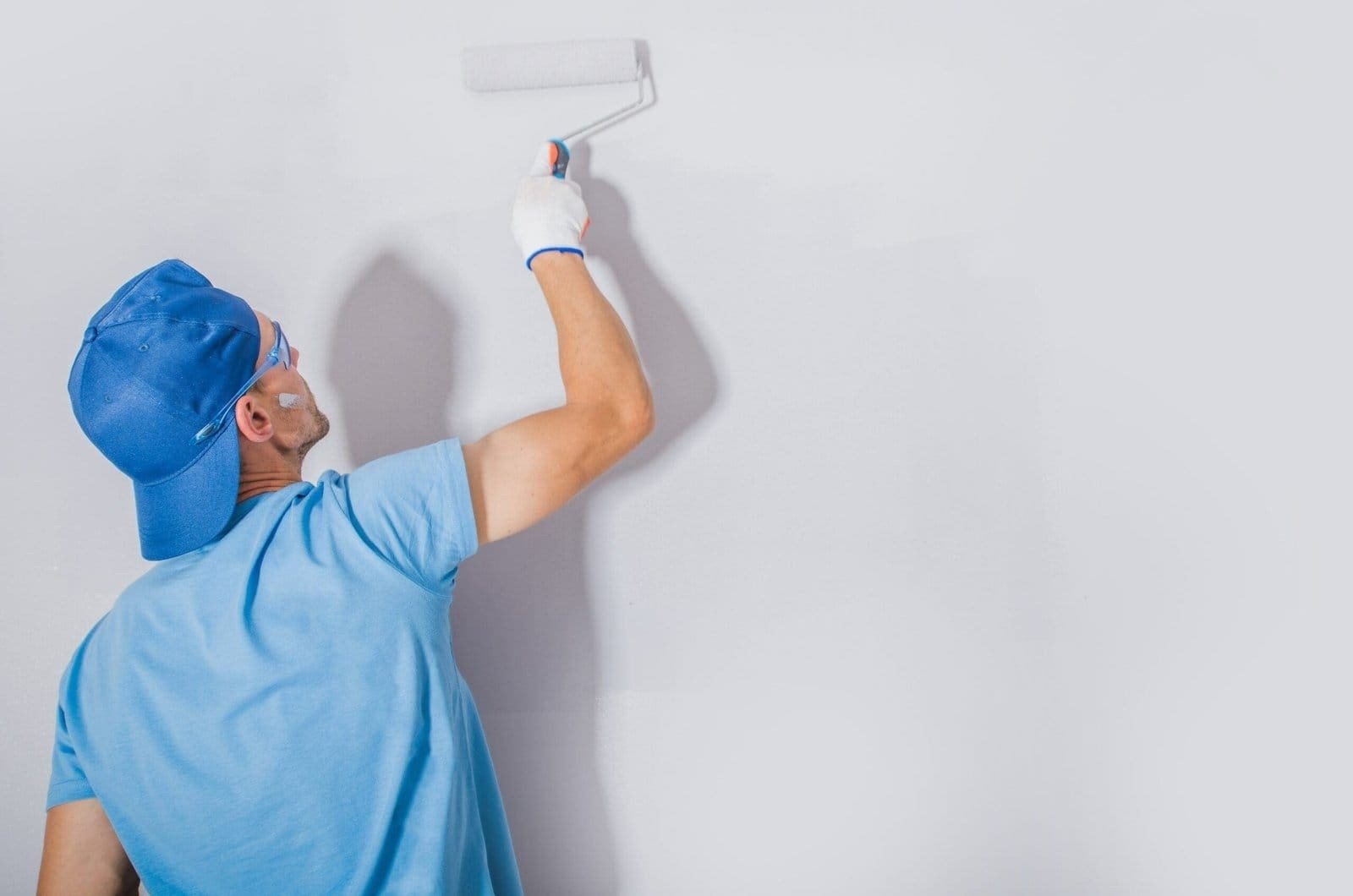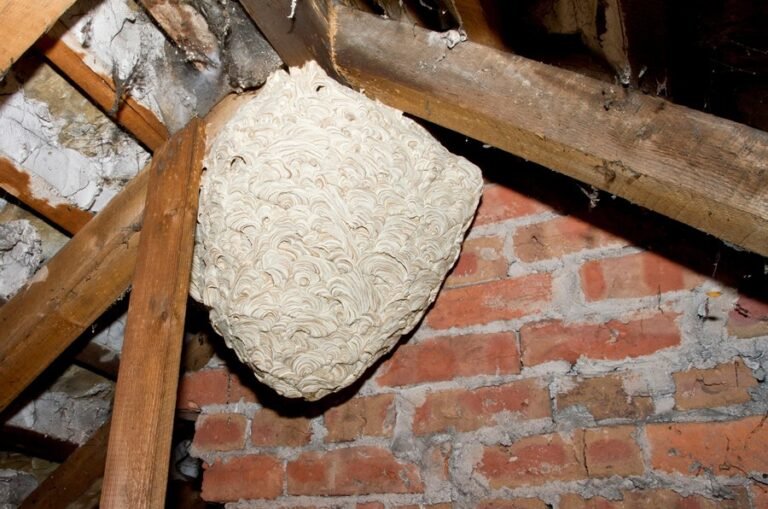House Painter: Tips, Insights, and Expertise from a House Painter for Every Homeowner Considering a House Painter
Every homeowner wants their home to look inviting, vibrant, and well-maintained. One of the simplest ways to achieve this is through painting. A freshly painted home can instantly enhance its appearance, boost its value, and protect its surfaces from wear and tear. However, achieving a professional finish requires expertise, attention to detail, and the right approach. This is where a house painter comes in. A house painter is not just someone who applies color—they are professionals who understand surfaces, materials, and techniques to deliver long-lasting results.
The Role of a House Painter
A house painter is responsible for more than just applying paint to walls and ceilings. Their role includes surface preparation, color consultation, application of paint, and maintenance advice. Walls and ceilings must be cleaned, sanded, and repaired to ensure the paint adheres properly. Any cracks, holes, or imperfections are filled and smoothed out to prevent peeling or uneven coating. A house painter often helps homeowners choose the right colors, finishes, and combinations that complement the home’s design and lighting. Using brushes, rollers, or spray equipment, a house painter ensures even coverage, sharp edges, and a flawless finish. Beyond painting, a house painter advises homeowners on how to maintain surfaces, perform touch-ups, and extend the life of the paint job. A professional house painter understands that a quality paint job is both an art and a science. Each step, from preparation to final touch-ups, contributes to the durability and beauty of the finished surface.
Essential Skills of a House Painter
Being a house painter requires a mix of technical skills, practical experience, and personal qualities. Attention to detail is critical, as even small imperfections can be noticeable once the paint dries. Knowledge of materials is necessary because different surfaces require different types of paints, primers, and sealants. Time management is also important, as painting can be time-consuming, but a professional house painter completes the work efficiently without compromising quality. Problem-solving skills are essential because surfaces are rarely perfect, and a house painter must anticipate issues such as peeling, cracking, or uneven textures and resolve them before painting. Physical stamina is also required because painting often involves standing for long hours, reaching high ceilings, or working in awkward positions.
Tools and Equipment
A house painter relies on a variety of tools and equipment to achieve a professional finish. Brushes and rollers of different sizes and textures are used depending on the surface and type of paint. Paint sprayers are employed for large surfaces or smooth finishes to apply even coats quickly. Sanders and scrapers are essential for surface preparation, while tape, drop cloths, and protective gear protect furniture, floors, and fixtures to ensure a clean job. Ladders and scaffolding are necessary for safely reaching high walls or ceilings. Using the right tools is crucial to achieving a smooth and durable finish.
Choosing the Right Paint
Selecting the appropriate paint is a critical part of any project. Paints vary by finish, durability, and suitability for different surfaces. Common finishes include matte, eggshell, satin, semi-gloss, and high gloss. Matte finishes hide imperfections and create a smooth, understated look, while satin finishes are slightly reflective, durable, and easy to clean. Semi-gloss and gloss finishes are ideal for high-traffic areas because they are durable and easy to maintain. Paints also differ in composition. Water-based paints dry faster and are easier to clean, while oil-based paints offer stronger adhesion and longer-lasting results but take longer to dry. A house painter can guide homeowners in selecting the best paint for each surface and environment.
The Painting Process
A professional painting project follows a series of steps to ensure quality and longevity. Assessment involves inspecting walls, ceilings, and trim for damage, stains, or moisture issues. Preparation includes cleaning, sanding, filling cracks, and masking off areas to protect surfaces from drips. Priming creates a uniform base, prevents stains, and helps paint adhere better. Painting involves applying one or more coats evenly for full coverage. Finishing touches include removing tape, cleaning up drips, and ensuring smooth, consistent surfaces. Maintenance guidance from a house painter helps homeowners care for painted surfaces, spot early signs of wear, and perform touch-ups when necessary.
Advantages of Hiring a Professional House Painter
While DIY painting may seem like a cost-saving option, hiring a professional house painter offers significant benefits. Expertise ensures a high-quality finish with smooth, flawless results and crisp edges. Professionals complete projects faster and more efficiently, saving time. Proper preparation and application extend the lifespan of the paint. High walls or ceilings require equipment and experience to paint safely. A house painter also provides guidance on color, finishes, and maintenance to protect your investment and ensure long-lasting results.
Common Mistakes to Avoid
Even minor errors can compromise a painting project. Homeowners should avoid skipping surface preparation, as paint may peel or look uneven without proper prep. Using low-quality paint may result in fading or frequent touch-ups. Using the wrong brushes or rollers can cause streaks and uneven coverage. Painting in poor conditions, such as high humidity or direct sunlight, can affect adhesion and drying. Neglecting primer can prevent an even finish and allow stains to seep through.
Maintaining Painted Surfaces
Proper maintenance extends the life of painted surfaces. Regular dusting and spot cleaning prevent dirt build-up, and surfaces should be inspected for cracks, peeling, or water damage. Abrasive cleaners or harsh chemicals should be avoided. A house painter can provide touch-up kits and advice for long-term care, helping homeowners preserve their investment and maintain a fresh, polished appearance.
House Painter and Home Value
A professionally painted home not only looks beautiful but also increases its market value. Well-maintained interiors and exteriors create a positive impression on visitors and potential buyers. A house painter ensures that colors, finishes, and surfaces enhance the overall appeal, making the home more attractive and potentially increasing its resale value. Choosing a house painter is an investment that pays off both aesthetically and financially.
Conclusion
Hiring a house painter is more than a cosmetic choice—it is an investment in the longevity, aesthetics, and value of your home. From preparation to finishing touches, a house painter brings professional expertise that ensures every surface looks polished and lasts longer. A house painter does not simply apply color—they transform spaces, protect surfaces, and add value to homes. Investing in a professional ensures the results are flawless, durable, and worth every penny.






